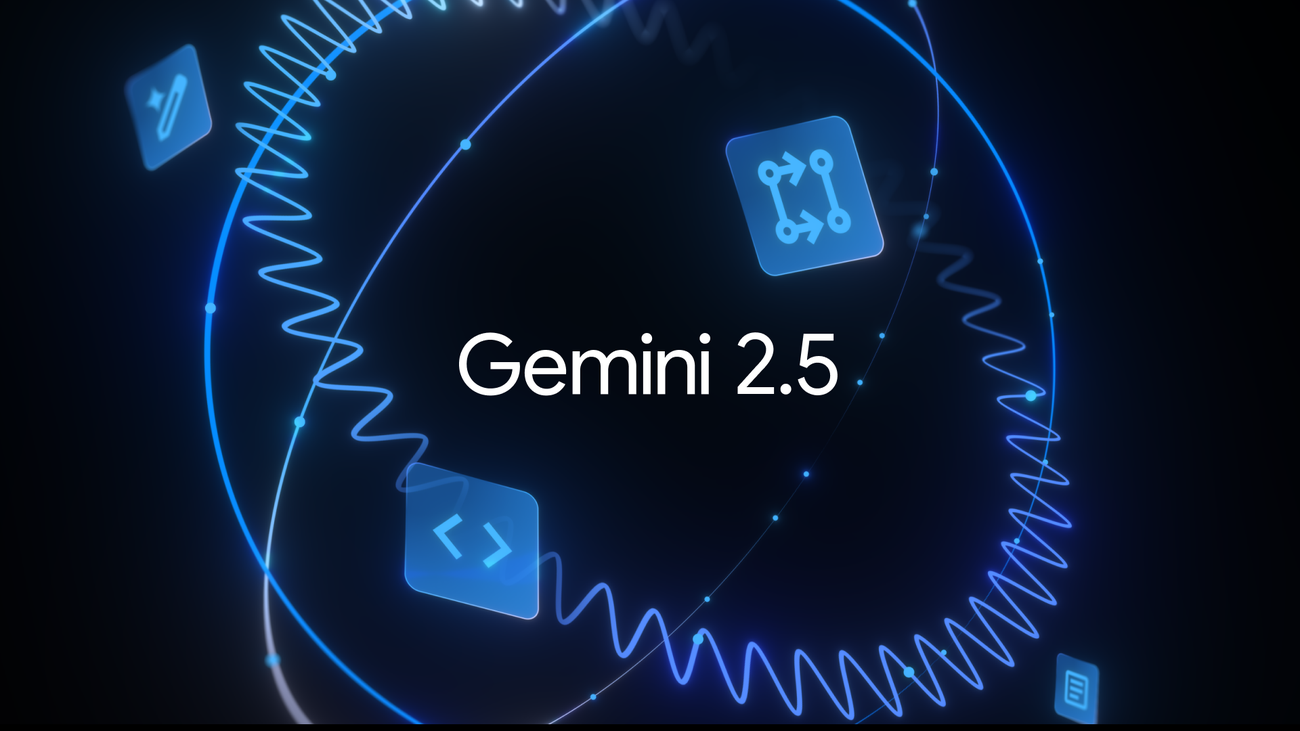
Table of Contents
Overview
Google announced a significant advancement in its AI model lineup on June 17, 2025, with the preview of Gemini 2.5 Flash-Lite. Positioned as the fastest and most cost-efficient model within the 2.5 family, Flash-Lite is designed to deliver superior quality and lower latency than its predecessors. Despite its lightweight nature, it impressively supports a 1M token context window and robust tool use, making it a compelling choice for developers seeking high performance without the hefty price tag or processing overhead.
Key Features
Delving deeper into what makes Gemini 2.5 Flash-Lite a standout, here are its core capabilities:
- Low-latency inference: Experience lightning-fast responses with time to first token of 0.22 seconds, crucial for real-time applications where speed is paramount.
- 1M token context window: Process and retain an extensive amount of information, enabling sophisticated, context-aware interactions and analyses.
- Real-time tool integration: Seamlessly connect and orchestrate external tools including Google Search, Code Execution, URL Context, and function calling, expanding the model’s capabilities beyond its core functions.
- Cost-efficient deployment: Optimize operational expenses with competitive pricing at \$0.10 per million input tokens for text, image, and video, designed for economical large-scale implementation.
- High quality for lightweight tasks: Achieve impressive performance with output speeds of 469.9-501.7 tokens per second, excelling at high-volume, latency-sensitive tasks like translation and classification.
- Multi-modal support: Understand and generate content across various modalities, including text, images, video, and audio, offering a richer interaction experience.
How It Works
Gemini 2.5 Flash-Lite achieves remarkable speed and efficiency through a highly optimized architecture that expertly balances speed with model size. As a reasoning model, it allows dynamic control of the thinking budget via API parameters, with thinking turned off by default to prioritize cost and speed. This sophisticated design leverages advanced compression techniques and efficient hardware utilization, allowing it to deliver rapid outputs while maintaining high context retention and ensuring quality interactions.
Use Cases
The versatility of Gemini 2.5 Flash-Lite opens up a world of possibilities across various industries. Here are some key applications:
- Chatbots and virtual assistants: Power highly responsive and intelligent conversational agents for improved user experience with ultra-low latency responses.
- Real-time customer support: Provide instant, accurate answers and solutions to customer queries, enhancing service efficiency through rapid processing.
- Rapid content generation: Quickly produce diverse forms of content, from marketing copy to social media updates, at scale with high throughput capabilities.
- Context-rich summarization: Efficiently distill large volumes of text into concise, informative summaries while preserving key details across the 1M token context window.
- AI-powered tool orchestration: Automate complex workflows by seamlessly integrating and managing various external tools through AI commands and function calling.
Pros \& Cons
Every powerful tool has its strengths and limitations, and Gemini 2.5 Flash-Lite is no exception.
Advantages
- Extremely fast response time with 0.22 seconds time to first token, ideal for real-time applications.
- Cost-effective for enterprise-scale deployment at \$0.10 per million input tokens, reducing operational costs significantly.
- Large context support (1M tokens) allows for complex, long-form interactions while maintaining efficiency.
- Strong benchmark performance with MMLU score of 0.724 and Intelligence Index of 46.
Disadvantages
- As a “Lite” model, it may trade off some reasoning depth compared to full-scale Gemini models, with thinking turned off by default.
- Currently in preview stage, meaning features and stability may evolve before general availability.
- Performance optimized specifically for high-volume, latency-sensitive tasks rather than complex reasoning scenarios.
How Does It Compare?
In the competitive landscape of AI models, Gemini 2.5 Flash-Lite positions itself strategically against rivals:
- OpenAI GPT-4o: While GPT-4o offers stronger performance in complex reasoning tasks, Gemini 2.5 Flash-Lite distinguishes itself with significantly lower latency and more cost-effective pricing, making it preferable for speed-critical, high-volume applications.
- Anthropic Claude 3 Haiku: Claude 3 Haiku offers competitive fast inference speeds, but Gemini 2.5 Flash-Lite provides a larger 1M token context window and integrated tool ecosystem, allowing for more extensive and complex interactions.
- Mistral: While Mistral models are open-source and offer flexibility, Gemini 2.5 Flash-Lite provides a more integrated and enterprise-ready solution with native Google ecosystem integration and proven scalability.
Performance Metrics
Gemini 2.5 Flash-Lite demonstrates measurable improvements over its predecessor:
- 1.5 times faster than 2.0 Flash on Vertex AI
- Better performance across coding, math, science, reasoning and multimodal benchmarks compared to 2.0 Flash-Lite
- Output speed of 469.9-501.7 tokens per second
- MMLU score of 0.724 with Intelligence Index of 46
Availability and Pricing
Gemini 2.5 Flash-Lite is currently available in preview through Google AI Studio and Vertex AI. The pricing structure includes:
- Text, image, and video input: \$0.10 per 1 million tokens
- Audio input: \$0.50 per 1 million tokens
- Output: \$0.40 per 1 million tokens
Custom versions are already deployed in Google Search, demonstrating real-world production readiness.
Final Thoughts
Gemini 2.5 Flash-Lite marks a significant step forward in making advanced AI more accessible, faster, and more affordable for high-volume applications. Its blend of ultra-low latency, cost-efficiency, and substantial 1M token context window positions it as a formidable contender for real-time and high-throughput AI applications. While it’s optimized for speed and cost rather than deep reasoning, its current capabilities demonstrate strong potential for developers and businesses looking to leverage cutting-edge AI for latency-sensitive, high-volume use cases without compromising on essential functionality.

